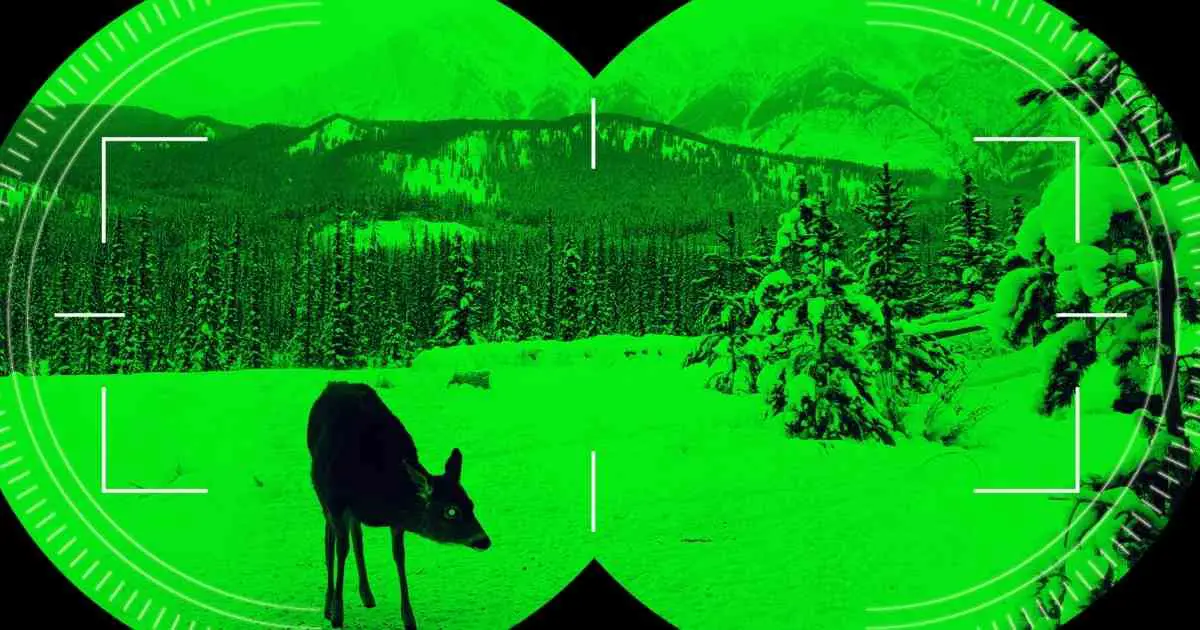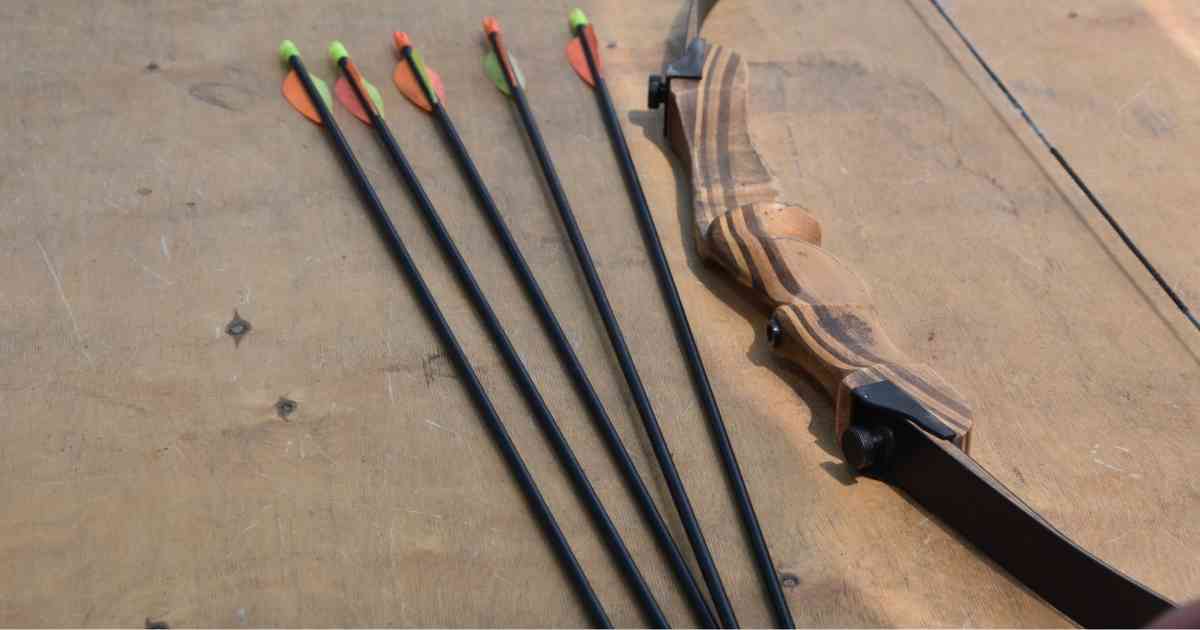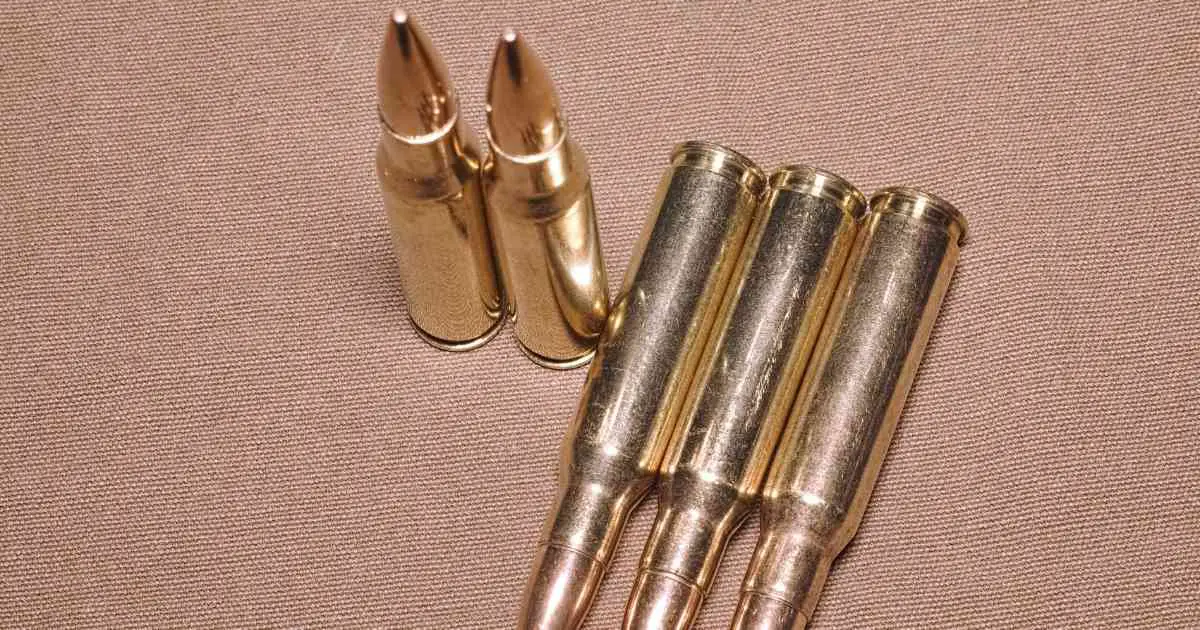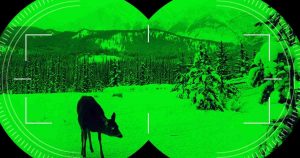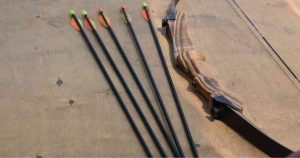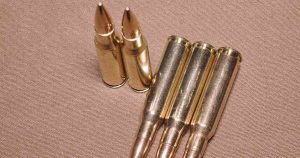Can you name all the different glands a Whitetail deer has? If you only got stuck at interdigital and tarsal, don’t worry, you aren’t alone. Most people realize that deer have much more than scent glands, but not many people can name them all.
However, as a hunter, it’s imperative to understand Whitetail deer scents. After all, a deer’s sense of smell is by far your most formidable opponent when it comes to hunting.
With that in mind, let’s take a look at some Whitetail deer scents and try to make sense of them in the quest to try and understand how you can use that knowledge to improve your hunting skills.
The Different Whitetail Deer Scents
While scientists still don’t fully understand why smells and scent glands are so integral to the social hierarchy in the deer world, the truth is that these animals really do rely on the sense of smell. They also rely on the secretion of specific scents to communicate certain messages. For instance, a buck will know that a doe is ready to mate by the kind of hormones she secrets through her urine.
This isn’t something humans do, and to be honest, we don’t have nearly as impressive a sense of smell as Whitetails. Whitetails, with their 297 million olfactory receptors, have a better sense of smell than dogs, which have about 220 million, while humans have only about 5 million. This shows that a deer’s sense of smell is probably thousands of times better than our own.
Let’s take a look at the different types of Whitetail deer scents that you need to know.
Glands on the Whitetail’s Legs
A Whitetail has scent glands over most of its body. Here are the most important glands on their legs:
Interdigital Gland
The Interdigital Gland is found between the hooves on each foot of a Whitetail deer. If you spread the hooves apart and looked in between them, you will see a small hole that secretes this interdigital gland.
Since each deer has its own distinct odor (kind of like how every human being’s sweat smells just a little different), each time a deer takes a step, it releases just a bit of this gland secretion.
This is particularly important for several reasons:
- A mother can use it to locate her fawns
- A buck can use it to find a doe bed
- A buck can use it to follow a doe that is in estrus
- A non-receptive doe can use it to tell if there is a buck in her vicinity
Deer use the scent from this gland to keep a close eye (nose) on their immediate surroundings just if there are any intruders.
Metatarsal Gland
If you take the time to examine the hind legs, you will see that it has a white patch of hair just about six inches above its hooves. Inside this white tuft of hair, an opening acts as the duct for the Metatarsal Gland. This gland tends to be a little bigger in deer that live further up north.
Whitetails use this gland mostly during the rut as each buck will give off an aggressive odor to warn other bucks in the vicinity that he is around and ready to fight them off. Just as is the case with the interdigital gland, each deer gives off a different scent through the metatarsal gland.
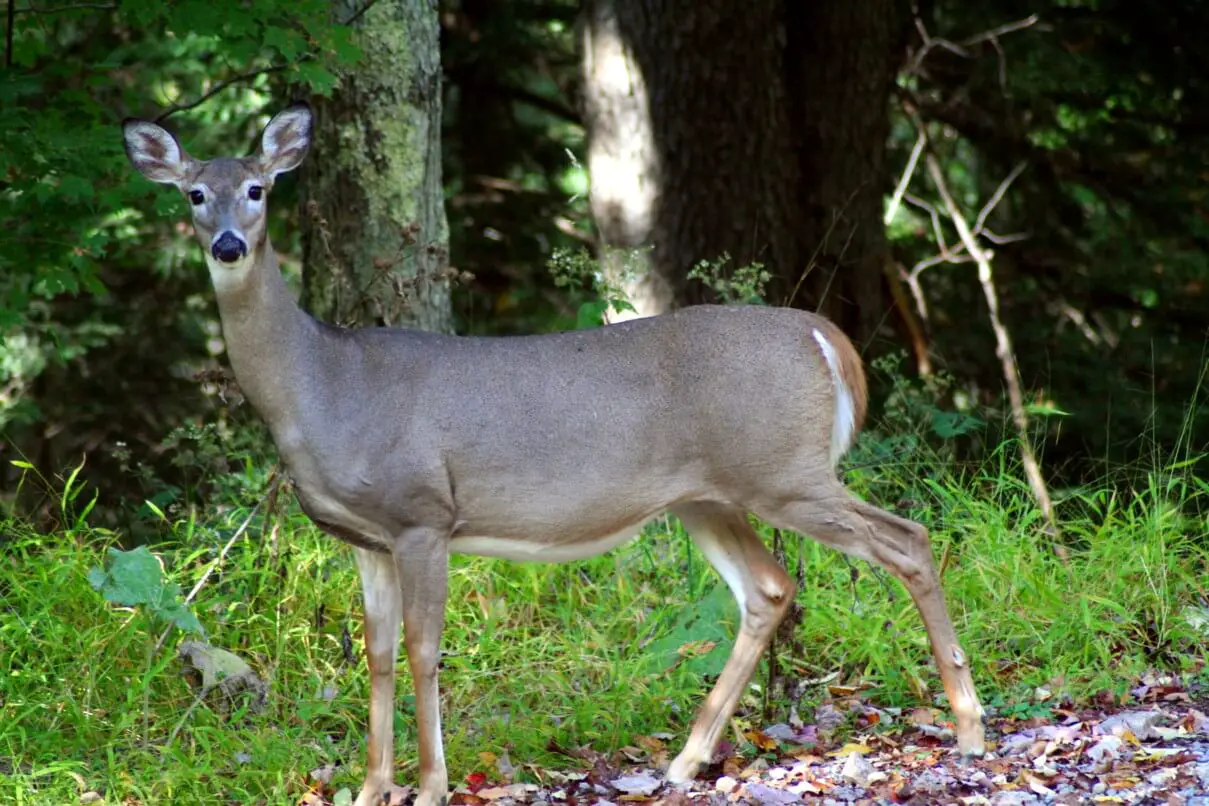
Tarsal Gland
Most deer hunters are quite familiar with this particular gland. It’s the one found inside the deer’s hind legs, where the leg bends at the knee. If you look, you will see a tuft of differently colored hair here. At the base of that patch of hair, there is a sebaceous or fat gland that secretes an odorless, oily deposit covering the hair around that patch and creates the perfect conditions for deer scent dissemination.
The gland secretes an extremely powerful deer scent, and it’s probably what you will smell even before you see the deer. This tarsal gland is so powerful that most hunters remove it and hang it near the stand or scrape the site. Even scent companies bottle this tarsal gland and sell it.
The secretion from this gland is used to convey several messages:
- Fawns urinate over this tarsal gland (rub-urinate) to help their mothers to locate them
- Bucks urinate over this tarsal gland to send a clear message that they are around
- In some cases, the hair around this gland could stand erect, which signifies aggression in bucks
During the rut, this gland’s scent in bucks may be so strong that humans can actually smell it.
Glands on the Whitetail’s Head
There are several glands found on the Whitetail’s head, and just like the glands found on their legs, they all have their own specific purpose:
Nasal Gland
As the name suggests, this gland is found inside the deer’s nose and is shaped like an almond. These nasal glands are vital to the deer’s survival, but that’s not all they do. Have you ever seen a deer raise its nose and sniff the air?
Deer do that to “see” their surroundings. These glands are so powerful that they will pick up any strange smell in the air, telling the deer to either stay alert, relax or run for its life. These glands also secrete lubricants, which lubricate the nasal passage. This is what enables deer to detect scents as well as leave their own scent on licking branches.
Preorbital Gland
Whitetails have two preorbital glands, which can be found just below the corners of their eyes. Within these preorbital glands are two glands found in the tear ducts: the sebaceous and the sudoriferous glands. This gland’s primary purpose is to lubricate the deer’s eyes through the tear duct and self-mark their territories, and leave a calling card. That’s why you will often see deer putting licking branches in their eyes; the preorbital gland allows the liquid to flow from it to the branches. In older bucks, these glands are more pronounced and are used as a show of aggression.
Forehead Gland
These glands can be found between the antlers and above the eyes in bucks and between the eyes and the ears of a doe. These glands begin to secrete an oily substance around September and keep doing so through the rut. This makes the hair on the buck’s forehead darker and even reddish sometimes. This is one of the most important glands on a deer.
Whenever it rubs the oily secretion from this gland on a tree, it conveys three vital messages:
- It’s age
- Its social status
- Its breeding status
Since bucks tend to secrete a more oily substance from these glands as they get older, they tend to rub it on more trees than younger bucks.
Salivary Gland
This gland is found inside the deer’s mouth and is used for two main purposes: producing saliva, which helps the deer digest its food as well as marking its territory. They do this by depositing their saliva on licking branches, random vegetation as well as trees.
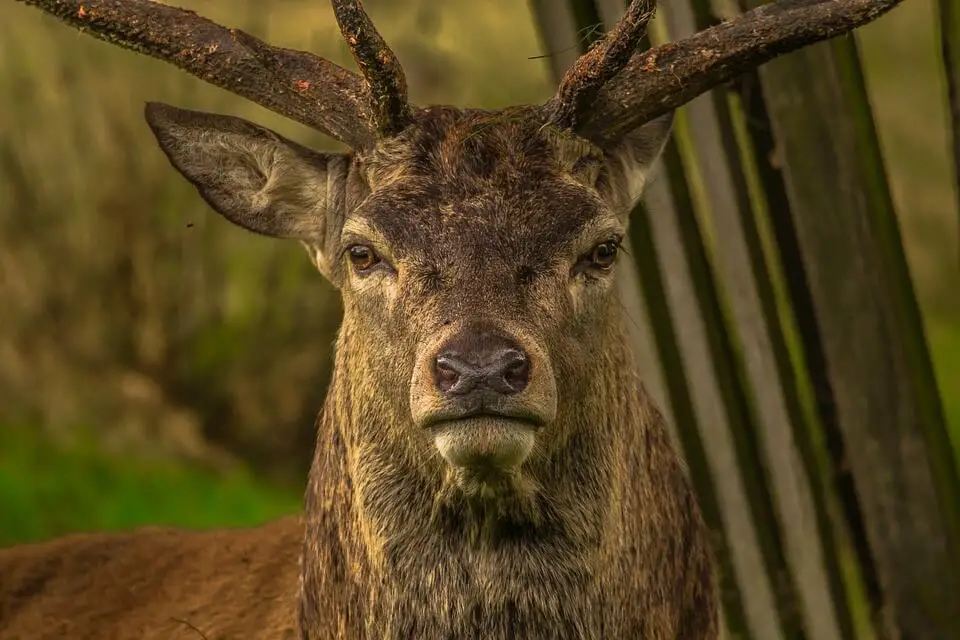
Whitetail deer make use of these glands on a daily basis, some more than others. They use them to both communicate with other deer as well as for self-preservation.

